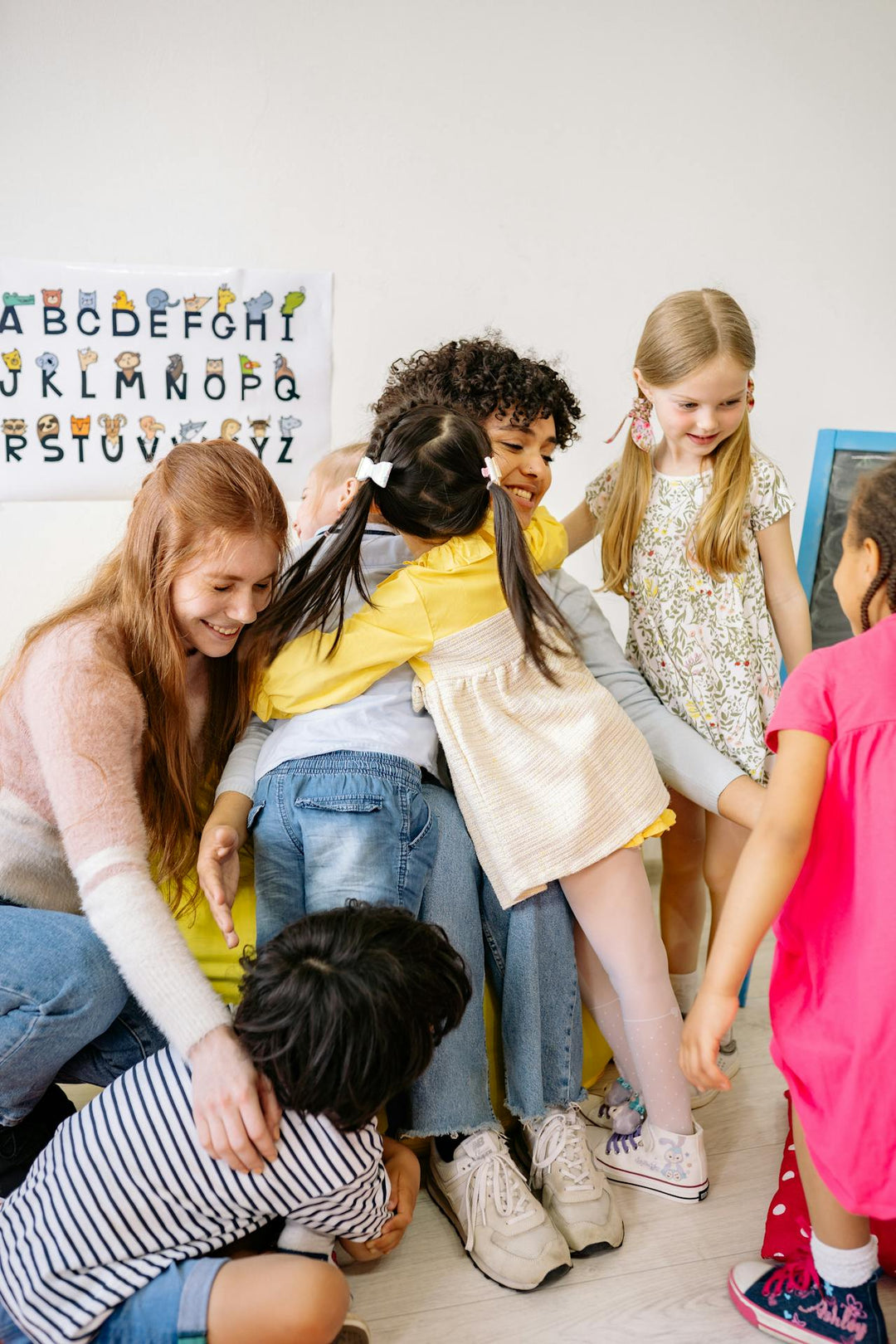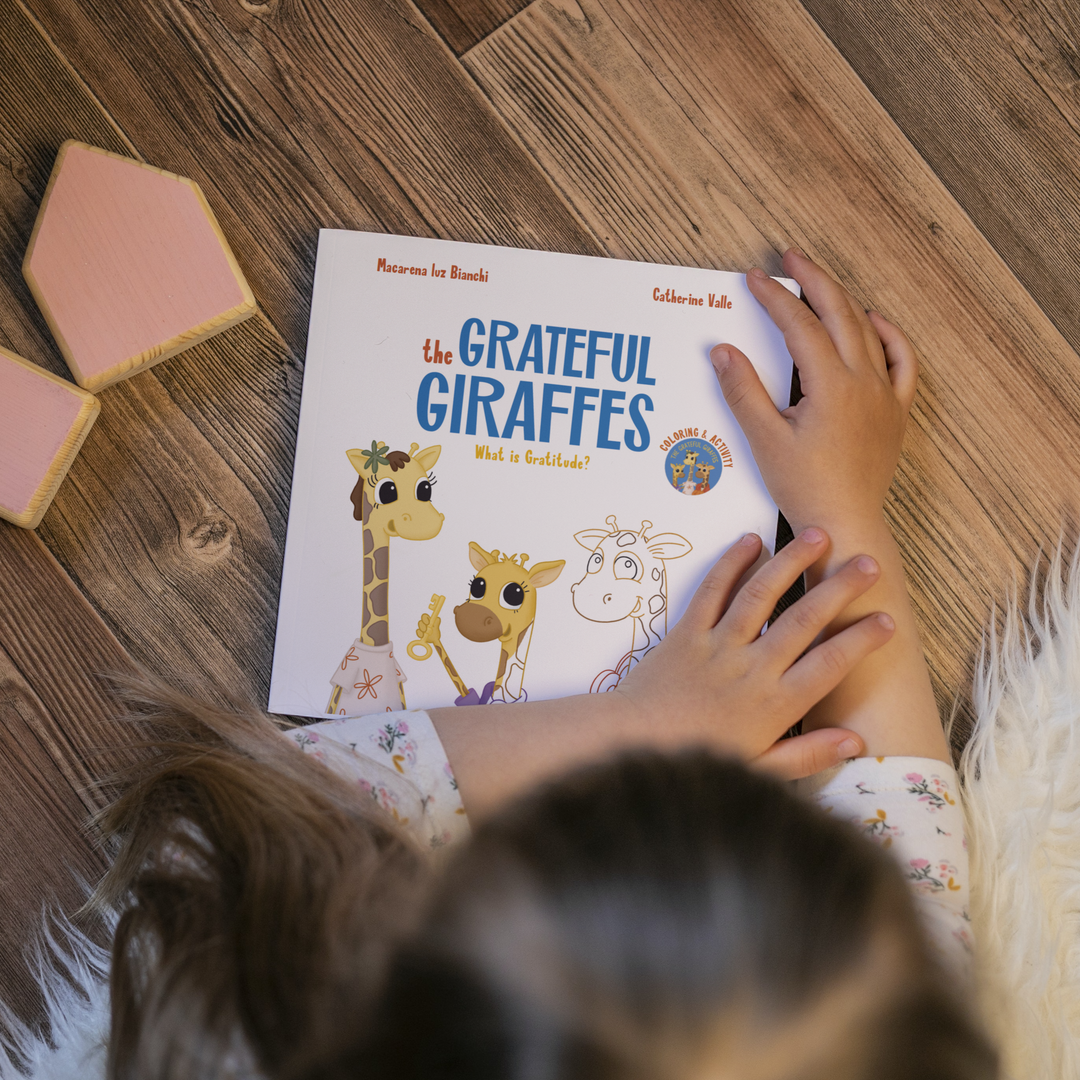Creating a Positive School Culture: The Impact of Gratitude on Student Success
Creating a thriving school environment goes beyond academic success—it’s about nurturing emotional intelligence, meaningful relationships, and a shared sense of belonging. At the heart of this kind of culture is one simple, powerful value: gratitude.
Gratitude in schools isn’t just about saying “thank you”—it’s about recognizing effort, celebrating growth, and cultivating a mindset that helps students, educators, and families feel seen and valued. When appreciation becomes a regular part of the educational experience, student success follows naturally.
In this post, we explore how gratitude helps build a positive school culture and the tangible ways it can support student growth, well-being, and achievement.
Why Gratitude Matters in Education
Gratitude has been linked to a wide range of positive outcomes in school settings. Research shows that students who regularly practice gratitude tend to have:
-
Higher grades and academic motivation
-
Better emotional regulation and mental health
-
Stronger relationships with peers and teachers
-
Greater resilience and optimism
It also improves classroom morale and strengthens school-wide community bonds. In other words, fostering gratitude helps everyone—not just students—feel more connected and empowered.
1. Lead with Gratitude: From Administration to Classrooms
Gratitude begins with leadership. When principals, counselors, and teachers consistently show appreciation, they model behavior that students will emulate.
Simple gestures—like thanking a teacher publicly, recognizing a janitor’s hard work, or praising students for their effort—set the tone for a school where kindness is expected and normalized.
“When students see gratitude in action, they internalize it as part of how they interact with the world.”
2. Empower Students to Express Thanks
Students benefit immensely from opportunities to reflect and express gratitude themselves. This strengthens empathy, improves focus, and helps them recognize the contributions of others.
Ways to implement this include:
-
Gratitude journaling in homeroom or advisory
-
Writing letters to someone they appreciate
-
Creating a “Gratitude Wall” or weekly shout-outs
-
Sharing thank-you videos during assemblies
These simple practices foster a culture of appreciation, accountability, and emotional expression.
3. Incorporate Gratitude into SEL & Wellness Programs
Gratitude fits seamlessly into social-emotional learning (SEL) frameworks. It helps students manage stress, navigate relationships, and develop a growth mindset.
Pairing gratitude with mindfulness activities can enhance its impact. Start with:
-
Morning gratitude reflections
-
Classroom breathing exercises paired with thankfulness
-
Daily “What went well today?” reflections
Gratitude is also a valuable tool for classroom conflict resolution and restorative practices.
4. Use Books to Anchor the Message
Books are a natural way to teach values—and gratitude-themed books provide beautiful entry points for discussions about kindness, empathy, and self-reflection.
At Spark Social Press, we’ve seen educators use our titles by Macarena luz Bianchi to:
-
Reward students for good character
-
Support literacy through meaningful themes
-
Celebrate student milestones (like graduation or transitions)
-
Appreciate teachers, counselors, and school staff
Books become more than gifts—they’re keepsakes that students and educators hold onto as reminders of their value and purpose.
5. Recognize Contributions Meaningfully
Whether it’s a volunteer parent, an outstanding teacher, or a graduating student, recognizing individuals with heartfelt appreciation boosts morale and reinforces a positive feedback loop.
Rather than defaulting to generic gift cards or certificates, consider gifting something lasting and thoughtful—like a gratitude book with a personalized message.
A meaningful gesture like this:
-
Strengthens school spirit
-
Reinforces shared values
-
Leaves a lasting impression
Final Thought: Gratitude as a Schoolwide Practice
Fostering a culture of gratitude isn’t a one-time initiative—it’s an ongoing practice that can be built into daily routines, leadership approaches, and student development programs.
When schools commit to leading with appreciation, they create an environment where learning thrives, relationships deepen, and students feel empowered to grow academically, socially, and emotionally.
Let Us Help You Share Gratitude in Your School
At Spark Social Press, we publish beautifully crafted gift books that schools use to recognize students, appreciate staff, and enhance SEL efforts through storytelling and reflection.
📘 Download Our Media Kit
📅 Schedule a Call to explore our book packages for school communities.
Gratitude builds more than good habits—it builds strong, inspired learners. Let’s help you share that message in a way that lasts.








